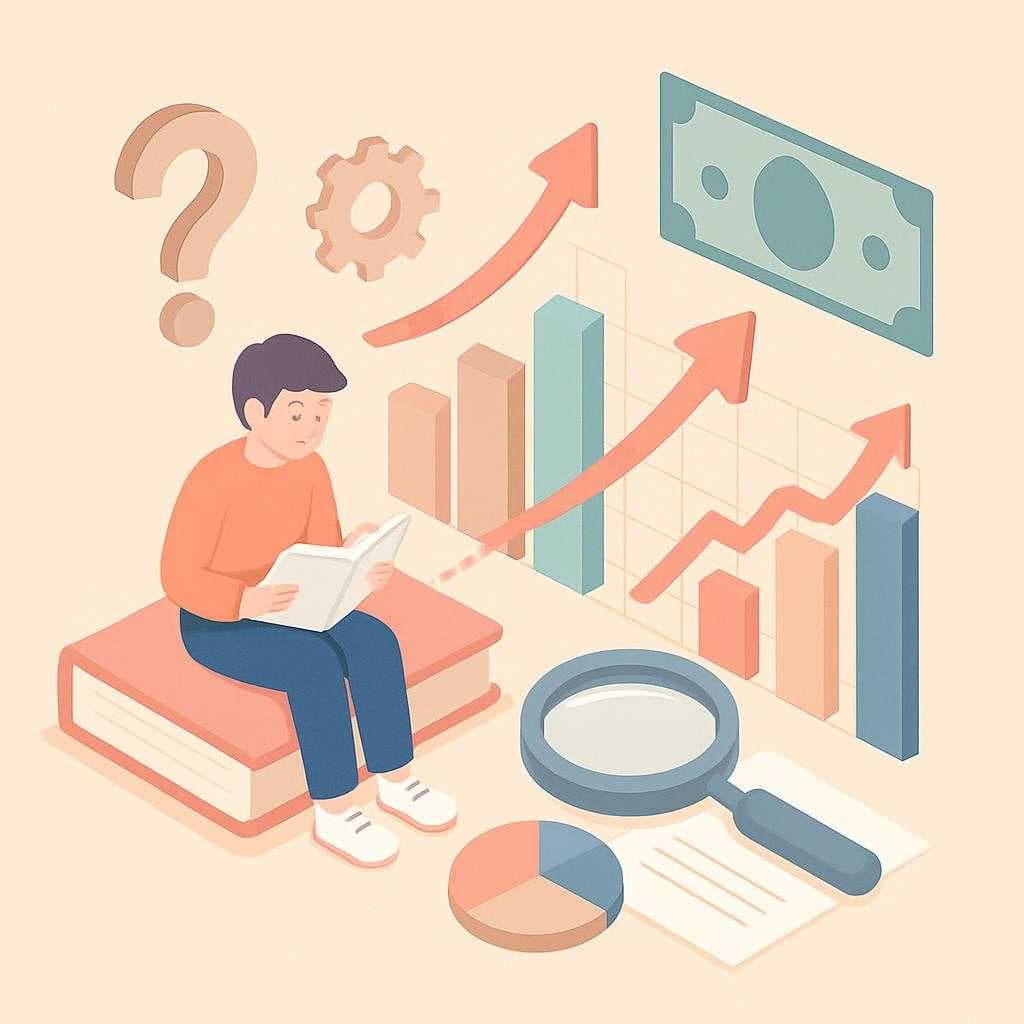Navigating Economic Indicators: A GCSE Student's Key to Exam Success
Understanding economic indicators can be a game-changer for students tackling GCSE Economics in the UK. With exam boards such as AQA, Edexcel, and OCR placing emphasis on these concepts, mastering economic indicators is crucial for exam success. In this post, we'll break down essential economic indicators and provide tips to help you excel in your exams.
What Are Economic Indicators?
Economic indicators are statistics that provide insights into the health of an economy. They are vital for understanding economic trends and can influence government policy decisions. For GCSE Economics students, knowing how to interpret these indicators is essential. Key indicators include GDP (Gross Domestic Product), unemployment rates, inflation rates, and trade balances.
Key Economic Indicators to Focus On
-
Gross Domestic Product (GDP): GDP measures the total value of goods and services produced in an economy over a specific period. Understanding GDP helps you gauge economic growth, a topic frequently covered in GCSE exams. Exam boards like Edexcel and AQA often test students on interpreting GDP data and understanding its implications.
-
Unemployment Rates: This indicator shows the percentage of the workforce that is unemployed and actively seeking employment. GCSE Economics students should be able to discuss the causes and effects of unemployment, as well as understand policies aimed at reducing it.
-
Inflation Rates: Inflation measures the rate at which prices for goods and services rise, eroding purchasing power. OCR and AQA exam boards may ask students to explain the causes of inflation and its impact on the economy. Be prepared to discuss the Consumer Price Index (CPI) as a measure of inflation.
-
Trade Balance: The trade balance indicates the difference between a country's exports and imports. A positive trade balance (surplus) occurs when exports exceed imports, while a negative balance (deficit) happens when imports exceed exports. Understanding trade balance is crucial for GCSE students, as it can affect currency value and economic stability.
Tips for Exam Success
-
Practice Past Papers: Familiarize yourself with the types of questions asked by your exam board. AQA, Edexcel, and OCR past papers are valuable resources for understanding question formats and the depth of knowledge required.
-
Stay Updated with Current Events: Real-world examples can help you understand the practical application of economic indicators. Keep an eye on news headlines and economic reports to relate textbook concepts to real-world situations.
-
Use Diagrams: Visual aids like graphs and charts can simplify complex concepts. Practice drawing and interpreting diagrams, as they are often used in exams to illustrate economic trends and relationships.
By mastering economic indicators, you'll be well-equipped to tackle your GCSE Economics exams with confidence. Understanding these concepts not only prepares you for exam questions from AQA, Edexcel, and OCR but also provides valuable insights into the functioning of the UK economy.
